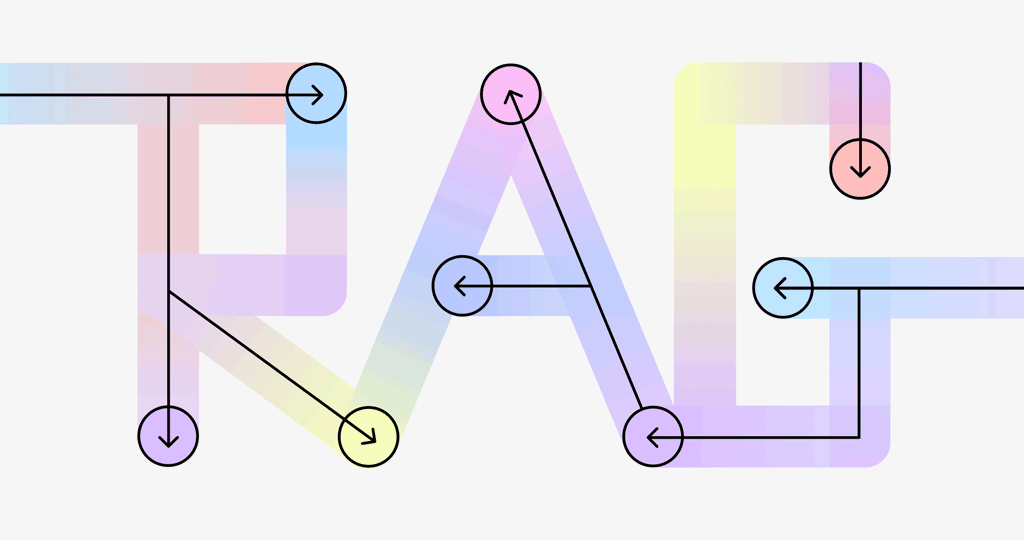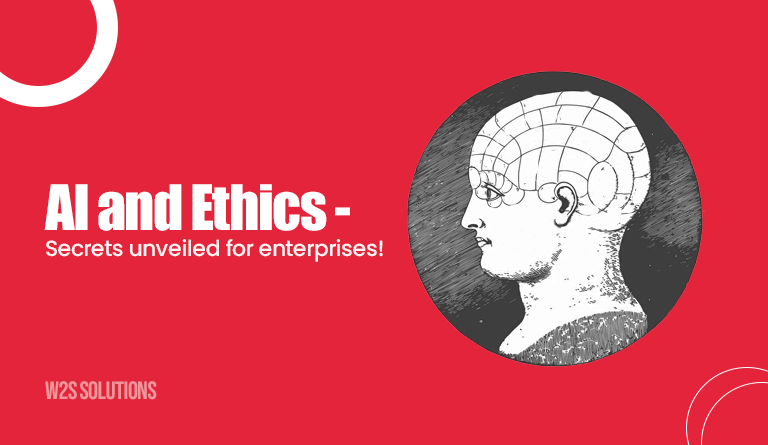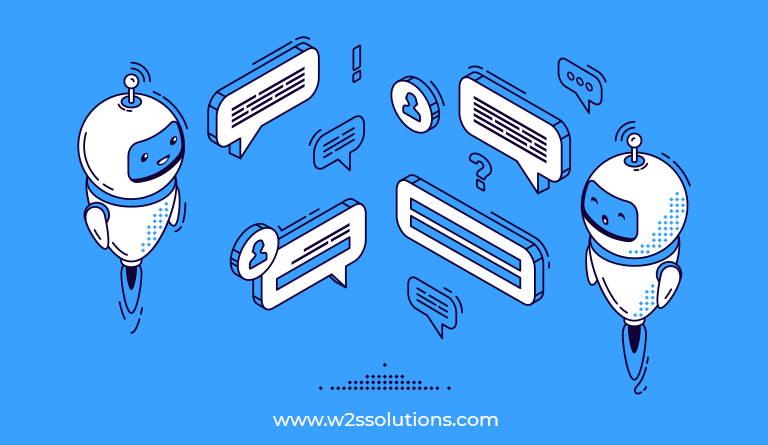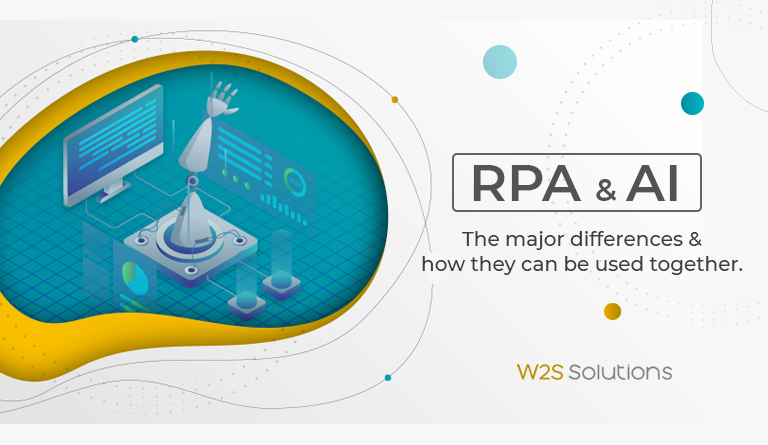The Growing Challenge of Technical Debt in the AI Era
In the era of digital transformation, AI and automation are bringing revolution to major industries. In this case technical debt has become more critical than ever before. Organizations which prioritize short term goals over long term sustainability have technical debt as a hidden challenge. If these challenges are not managed properly, it can delay the innovation, and negatively impact the return on investment (ROI). As AI drives innovation, the organizations need to understand the risks and take effective actions to manage the tech debt.
What is Technical Debt?
Technical debt is accumulation of outdated technology solutions that have been adopted to meet the short term needs of the business. It is similar to financial debt just like borrowing money and paying back it with interest in the future. Selecting quicker, cheaper, or easier technical solutions mostly leads to higher costs later on.
Technical debt can accumulate in several ways. It might be from rushed product releases, legacy systems, lack of proper documentation, or failure to refactor the outdated code. This leads to problems like system failures, slower development times, and increasing difficulty in maintaining operations.
As businesses implement AI and other emerging technologies, the impact of technical debt can be even more severe. These technologies require modern, scalable infrastructure, clean data, and quality codes to function properly. When an organization is affected by technical debt, its capability to scale, innovate, and remain competitive is significantly slowed down.
Key Sources of Technical Debt
There are several causes of technical debt, especially as AI and automation become more important in business. These sources create challenges that businesses must deal with within today’s digital world.
Code-Related Technical Debt
One of the sources of technical debt is outdated code. The traditional code that was written without thinking about the growth of the future can slow down progress. Additionally, bad coding practices, inefficient design choices, or outdated software can all add to the debt over time.
For AI systems, this is especially problematic. AI models and machine learning programs depend on having a solid, clean codebase to work well. Poorly written code makes it harder to build, train, and improve AI models, as the company might struggle to keep up with new AI development. Poor code does not just make things harder in the short term, it can stop a company from innovating effectively with AI and other new technologies.
Enterprise Architect Debt
Another significant source of technical debt is poorly designed infrastructure. As companies grow, their technology systems often expand in a way that is not well thought out. Without a clear, organized technology plan, different systems can become disconnected, and old IT structures may not be able to handle the modern needs.
This is challenging when trying to implement AI systems. Without modernized infrastructure, AI tools and technologies won’t integrate easily, slowing down progress and leading to inefficient results. A company with disjointed systems won’t be able to take full advantage of AI, making it hard to compete in today’s tech driven world.
Data-Related Technical Debt
AI and machine learning technologies depend heavily on good quality data. If a company’s data infrastructure is outdated, it can stop the business from fully utilizing the AI’s power. Issues like poor data management, fragmented data sources, and lack of consistency all add to technical debt.
Data-related debt is particularly harmful for AI and analytics projects. If data is unorganized or inconsistent, AI models can’t make accurate predictions or deliver useful insights. Without clean, structured data, businesses may struggle to improve their operations or create new opportunities.
Steps to Assess and Manage Technical Debt
To manage technical debt successfully it requires a systematic approach. Here are a few steps for organizations to manage their technical debt effectively.
Select Key Applications and Systems
The primary step in managing the tech debt is identifying which applications and systems are most critical to your business outcomes. This means prioritizing the systems that have the most significant impact on your bottom line. By focusing on these key areas, you can ensure that you are addressing technical debt where it matters most.
Define Clear Assessment Criteria
Once you have identified key systems, define clear ways to assess the debt. Create measurable metrics that reflect how the technical debt is affecting your business. You can look at system performance, maintaining costs, how quickly you can release new features, and how easily new technologies can be integrated.
Perform a Thorough Assessment
After setting the criteria it is time to evaluate the current code, infrastructure, data management practices, and talent. By carefully looking at your technology setup, you will identify which areas have the most technical debt and can take actions to fix them
Understand the Impact on Innovation
To make the right decisions, you need to know how technical debt is affecting your ability to innovate. If your systems get stuck by debt, it could limit your ability to scale, respond quickly to changes, or implement new AI tools. Understanding these long-term effects will help you prioritize which areas need the most attention.
Track and Update Your Strategy
Managing technical debt is not a one time task, it is an ongoing challenge. To make sure your strategy remains effective, put in place a system to monitor your debt over time. Regularly review and update your approach.
Finding the Right Balance Between Technical Debt and Innovation
Balancing short term business needs with long term goals is one of the toughest parts of managing technical debt. While it is tempting to focus on immediate needs or push forward with AI projects, failing to address technical debt can cause bigger problems down the line.
The goal is to make smart decisions about when to update old systems, when to rebuild, and when to let go of outdated technologies. If you put too much focus on cleaning technical debt, you might slow down innovation. If you ignore it, your systems could become too fragile to handle growth and new AI tools.
AI and automation can help reduce technical debt. AI tools can pinpoint inefficiencies, automate routine tasks, and even help update code more quickly. By using AI to tackle technical debt, companies can speed up development and reduce the burden of old technology, while also accelerating new innovation.
Technical debt is becoming an ever bigger challenge as AI and other new technologies drive change in the business world. When technical debt is not properly managed, it can hold back progress, reduce flexibility, and stop companies from fully taking the advantage of AI. By understanding the sources of technical debt and taking steps to address it, businesses can avoid its long term risks, and continue to innovate. The key in balancing short term goals with long term sustainability, ensuring that technical debt doesn’t become a roadblock but instead becomes a manageable part of the company’s growth and technology evolution.
























